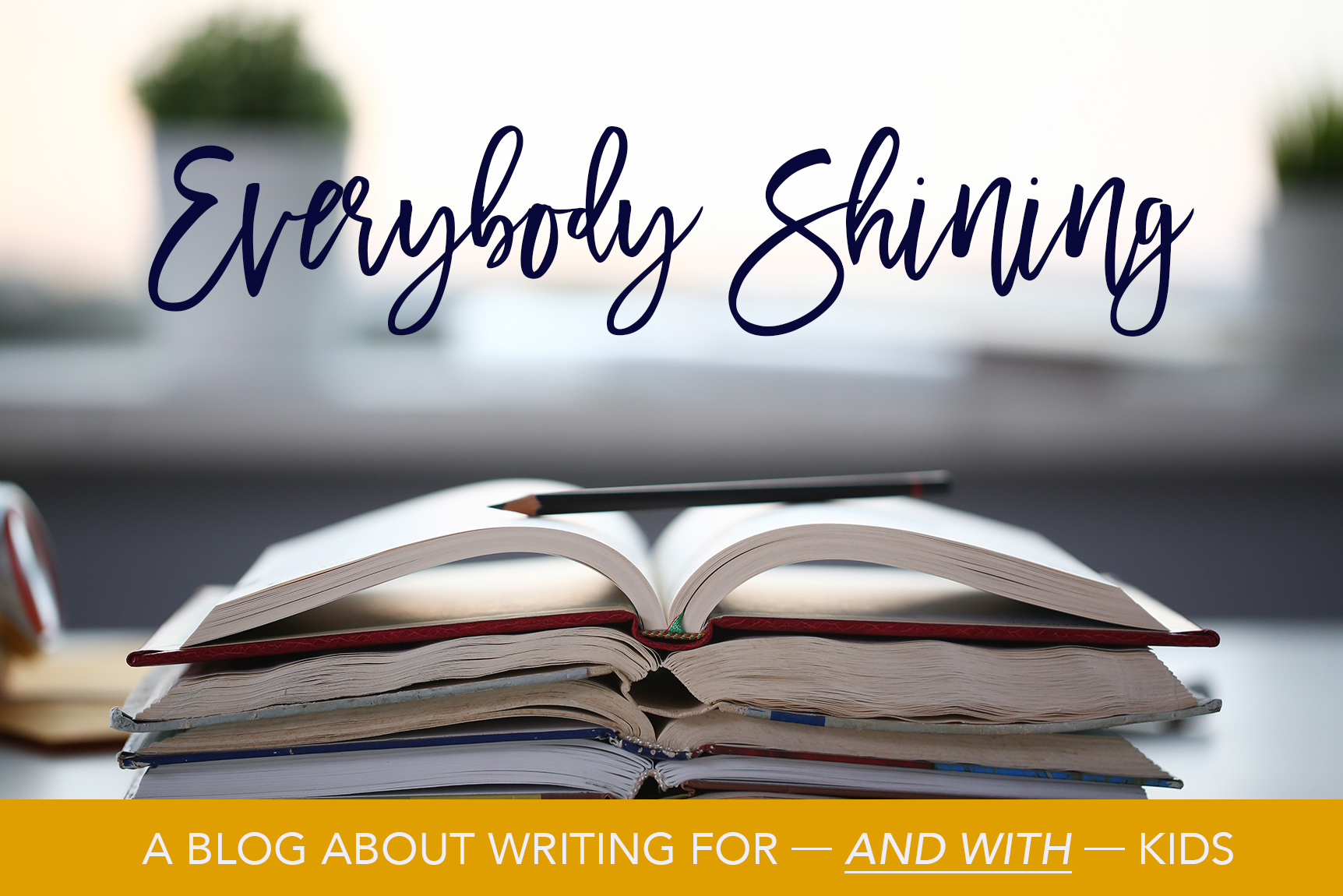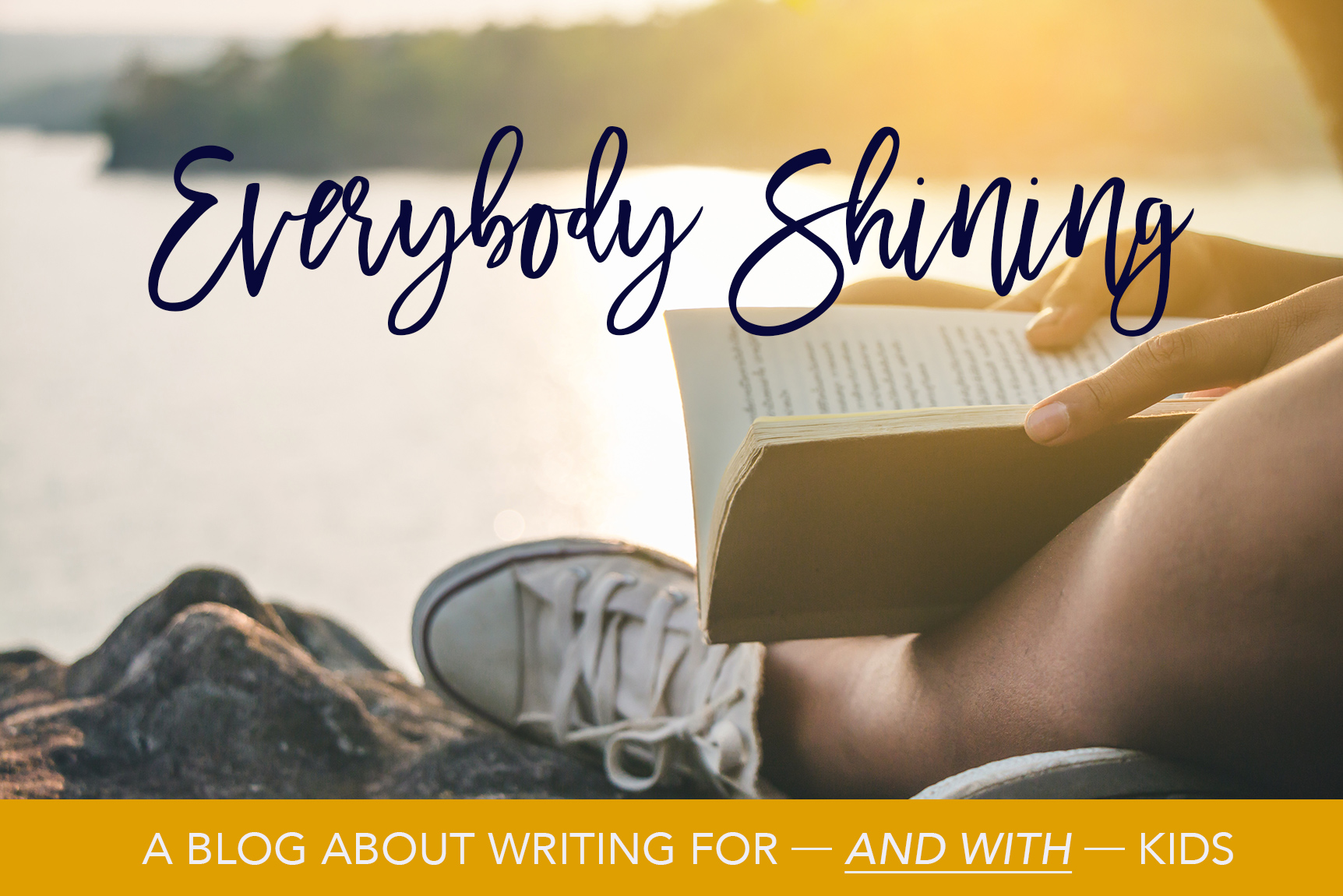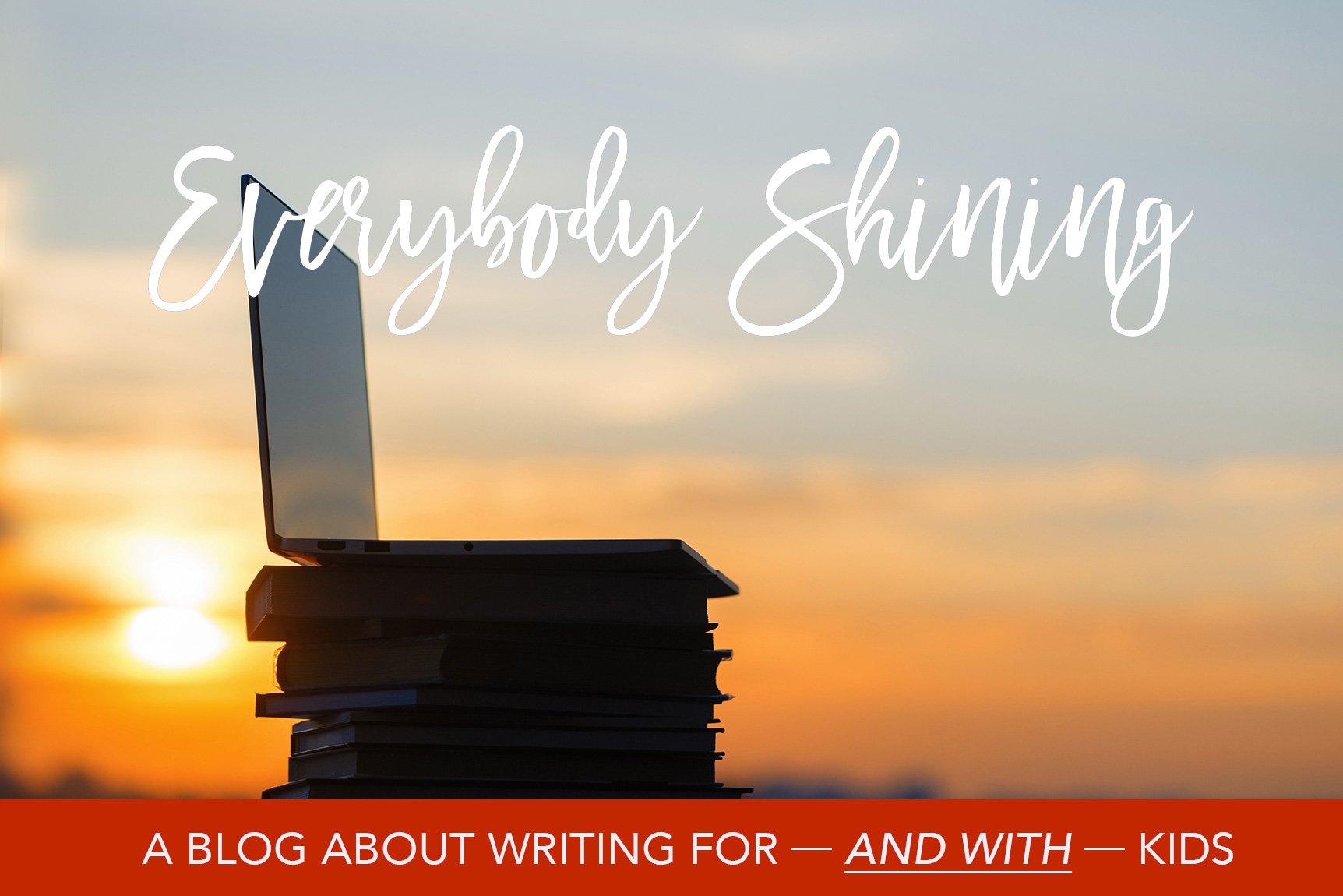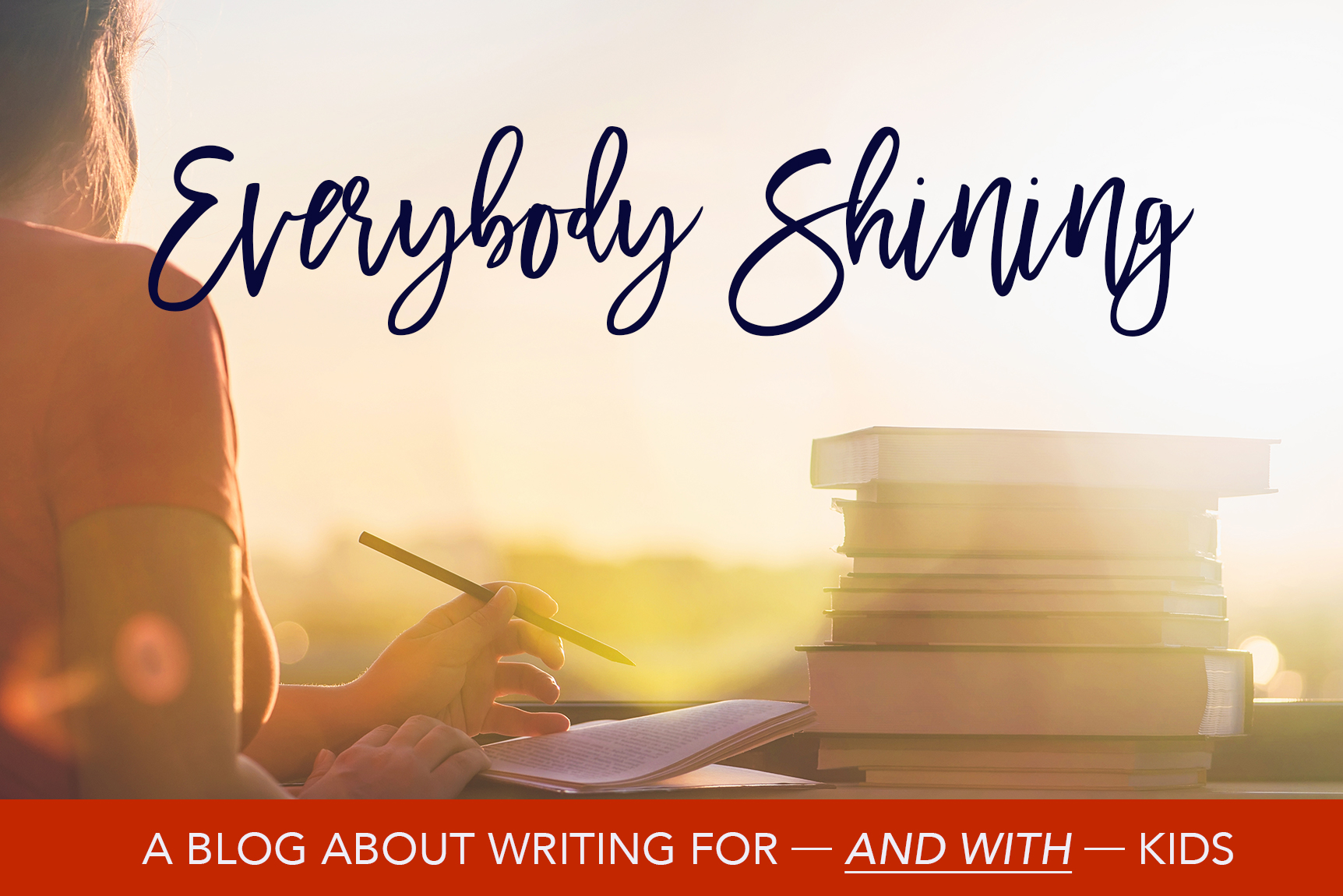Ask anybody who sees my early drafts (especially my editor) and they’ll tell you that I write the worst first drafts ever. The girls in the weekly writing group I lead are often shocked when I read what I’ve written in response to a warm-up prompt. So far no one has actually asked, How did you ever get published? But I can tell that’s what they’re thinking.
Not only can I not respond to a writing prompt without sounding like an idiot, I have written entire first drafts of novels that have had to be more or less trashed. My novel, Chicken Boy, started out as a completely different book. I sent my editor the first draft and she asked if I might consider making one of the secondary characters the main character. Which is to say, she asked me if I wouldn’t mind writing a totally new novel. (I did mind, and I did write an entirely different novel, which turned out to be much better than the first one.)
This is why, over the years, I’ve assumed the job of spokesperson for the Terrible, Horrible, No Good, Very Bad First Draft. Don’t fear it, I tell whoever will listen. Rejoice in it! Here’s your opportunity to make messes and mud pies, to explore without worrying whether or not you’ll get lost (you’ll probably get lost). It’s a fail-safe situation. You might finish the first draft of a story and realize there’s only one thing you like about it—a dog that’s been hanging around the club house, or the contents of the main character’s backpack. You might give your draft to a friend who tells you that your story actually starts three pages (or three chapters) into things. Or you might find that you’ve created a character you like and a situation you find intriguing, but your draft loses steam halfway through.
Excellent!
I realize that not everyone feels as cheerful as I do about this situation. How can I be so happy about a sagging plot or all those wasted pages where it turns out you were just clearing your throat before the real story began?
Let me count the ways.
First, you’ve put words on the page! Maybe not the best words, but words nonetheless. If you’ve yet to come up with a convincing plot, so what? You’re closer than you were before you began. Plus, with this draft, you’ve given yourself something to work with. Writer Shannon Hale says that with a first draft, “I’m simply shoveling sand into a box so that later I can build castles.” I love the idea that a first draft is where you come up with the raw materials for a story and that revisions are where you do the real building. This is certainly true of my process.
Second, once you’ve written a first draft, you can reach out for help. It’s not cheating to ask someone to read your story and give you feedback. In fact, it’s necessary. Writers need readers every step of the way. Sometimes hearing that someone is confused about a plot point (“I don’t understand why Katie lied when she wouldn’t have gotten in trouble for telling the truth”) makes you realize that you were a little confused about it, too. Sometimes hearing a reader’s response can spark new ideas and new directions for your story.
A lot of people live with the mistaken idea that real writers get it right first time. Not true! All of your favorite writers write cruddy first drafts—or at the very least, drafts that aren’t fully developed and need work. What you see when you hold a book in your hand is the result of many, many drafts and many discussions and questions like, “What if, instead of running away from the Dark Lord of the Universe, Jimmy runs toward him because he wants to get this fight over with?”
While I consider this all good news, many young writers I encounter don’t feel the same. Reasons for their lack of enthusiasm include:
- They don’t like to write and they just want it to be over.
- They’re not interested in revising—one draft is enough, thank you very much.
- They think they have to get it right the first time or else they’ve failed.
The first two categories of resistance are tough, I admit. I’m sympathetic to kids who hate to write or hate to revise what they’ve written, since there are plenty of things I hate to do, too. But the tub must be scrubbed and the essay must be written—so what are you gonna do? One message I try to get through to young writers, particularly young writers who aren’t crazy about writing, is that if they embrace the bad first draft, things will be so much easier for them. So much easier!
If you hate to write, the bad first draft is your friend. One reason you may hate to write is you think you’re no good at it. You struggle. You can’t think of anything to say. You think you have to have some special talent. But if what I’m saying is true—that even good writers, writers whose books you love write cruddy, terrible no-good first drafts–well, maybe that means you’re not such a bad writer after all. Maybe you’re just a writer. After all, writing bad first drafts is what writers do. So why don’t you cut yourself some slack and just get a few stupid sentences down on the page? What could it hurt?
If you’re not interested in revising, consider this: Life is all about revising. Architects don’t just whip up plans for a skyscraper and hand them over to the construction crew. They draw plans and then redraw plans and then get other people to look at their plans and point out the problems with the plans … I mean, you’re familiar with the phrase “Back to the drawing board,” right? Almost everything worth doing requires you to go back to the drawing board at least once, and usually a lot more often than that. The quarterback executes a play that doesn’t work? Back to the drawing board. A fashion designer creates a dress that droops and sags? Back to the drawing board. Life is all about going back to the drawing board. Might as well accept it—and celebrate it! Isn’t it great that we get more than one chance to get things right?
And for the perfectionists in the writing workshop … Honey, just stop. I mean it: Stop. Embrace the Terrible, Horrible, No Good, Very Bad First Draft. It’s your friend. It frees you up to explore, to have fun, to be creative, to fail. Failure is a highly under-rated component of the creative process—or any process that actually matters. The good news is, your teachers, parents, media specialists, friends and all other potential editors will catch you when you fall. They’ll brush you off and help you climb back up the hill, this time with snacks and better gear. You’re not a bad person if you don’t do a great job the first time around, and the college of your choice isn’t going to hear about it, okay?
So that’s my advice: Open your heart to the bad first draft. It’s what real writers do, and since anyone who writes is a real writer, well, I guess I’m talking about you.






